In an unpredictable world where emergencies and crises can strike at any moment, being prepared is becoming more and more important. One essential item that should find its place in your emergency kit is the N95 mask. While these masks gained popularity (or unpopularity depending where you stand on the “masking” debate) their significance extends far beyond that. This article explores when an N95 mask would be most necessary and why it should be a vital component of your emergency preparedness arsenal.
How Does an N95 Mask Work?
- Mechanical Filtration: N95 masks are made from multiple layers of fine, tightly woven synthetic fibers, typically made of materials like polypropylene. These fibers create a dense network of tiny holes or pores. When air containing particles enters the mask, larger particles (such as dust, bacteria, and viruses) cannot easily pass through the gaps between the fibers. Instead, they collide with the fibers and become trapped.
- Electrostatic Attraction: N95 masks also incorporate an electrostatic charge into the filter material. This electrostatic charge enhances the mask’s ability to capture smaller particles, including very fine dust, smoke, and even aerosolized pathogens like viruses. The charge attracts particles that may have otherwise passed through the mask due to their small size.
When is an N95 Mask Necessary?
- Pandemics and Diseases: The most recent scenario is during pandemics and outbreaks of infectious diseases. N95 masks offer a high level of protection against airborne viruses and bacteria, reducing the risk of infection when used correctly.
- Natural Disasters: In the aftermath of natural disasters such as earthquakes, hurricanes, or wildfires, dust, debris, and smoke can pollute the air. N95 masks filter out harmful particles and provide relief for those affected.
- Industrial Accidents: Protect against inhaling toxic fumes and hazardous substances in the incident of a chemical spill or gas leak.
- Wilderness Survival: N95 mask can be invaluable for protecting against wildfire smoke, forest fires, or even unexpected events like dust from a landslide or a volcanic eruption.
- Home Renovation: During home renovations or when working with materials that generate dust or particles
Why Have an N95 Mask?
- Filtration: They filter out at least 95% of airborne particles, making them effective in reducing the risk of inhaling harmful substances.
- Portability: Compact and lightweight
- Long Shelf Life: Up to 5 years if stored properly
- Vulnerable Populations: To protect individuals with compromised immune systems or respiratory conditions
Proper fit is important for the effective functioning of N95 masks. These masks are designed to create a seal around the nose and mouth. This ensure that the air being breathed in passes through the filtration material and not around the edges of the mask.
Conclusion:
The N95 mask is not just a pandemic accessory from the past but an important component of your emergency preparedness kit. Its ability to protect against a variety of airborne hazards, coupled with its compact size and versatility, makes it an indispensable tool for your health and your loved ones during crises. Don’t wait for an emergency to strike – ensure you have one available in your emergency kit, ready to provide protection when you need it most.

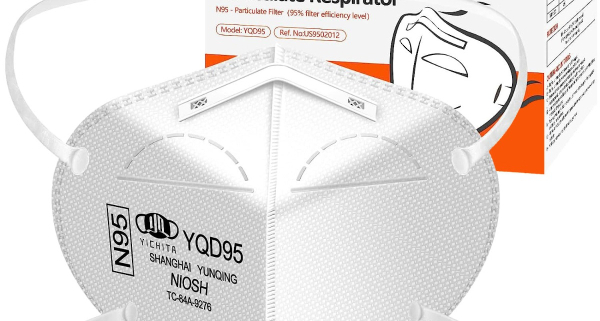

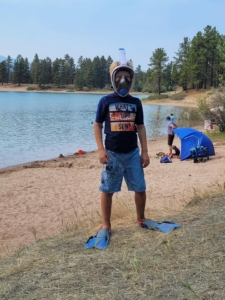
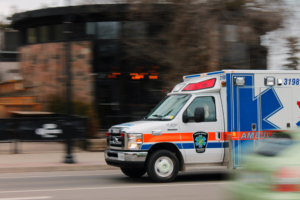 Mistake #3
Mistake #3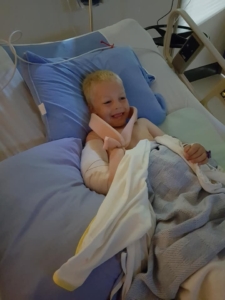
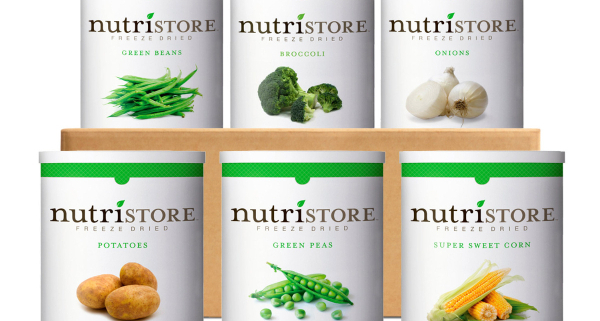

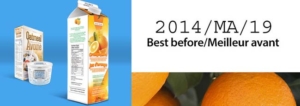

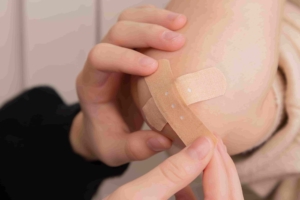 scrapes, and minor wounds.
scrapes, and minor wounds.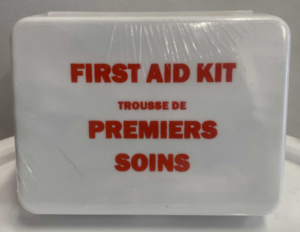



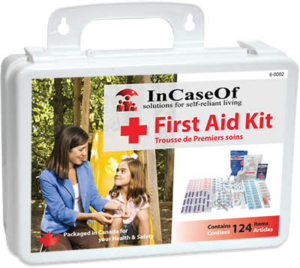
 buddy starts feeling dizzy and weak. It might be dehydration or heat exhaustion.
buddy starts feeling dizzy and weak. It might be dehydration or heat exhaustion.